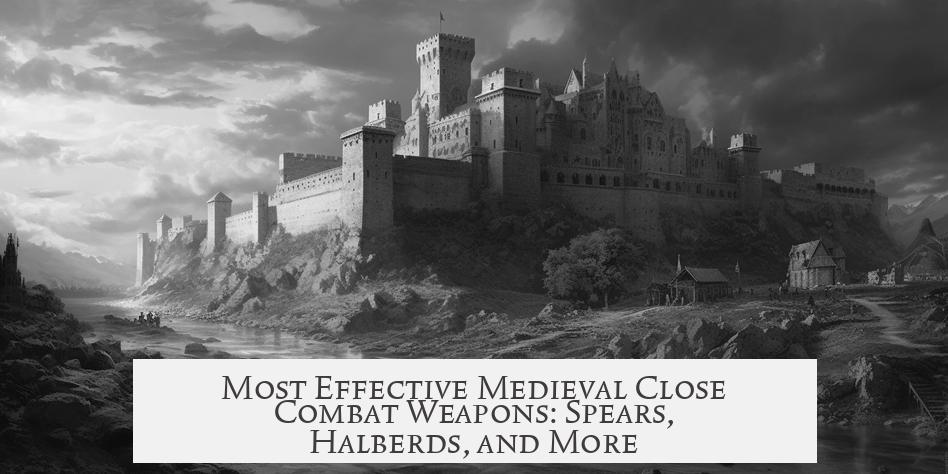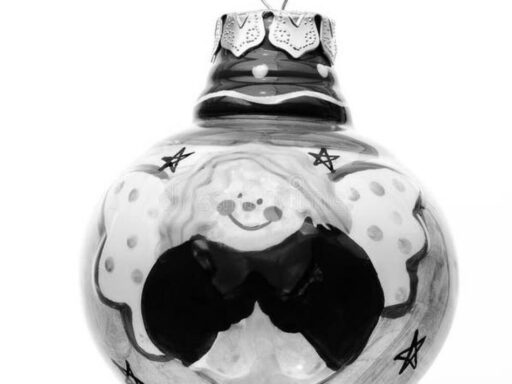The spear emerges as the most effective medieval close combat weapon on a macro scale due to its versatility, ease of use, cost-efficiency, and battlefield impact. While weapon effectiveness varies greatly depending on context and skill, the spear’s widespread adoption across cultures and its role in mass combat stand out. This makes it unique compared to other medieval weapons.

Effectiveness in medieval combat hinges on many factors: user skill, weapon quality, tactical application, and type of engagement. Individual preferences and armor types affected weapon choice. Yet, beyond individual duels, the spear shaped how armies fought and won wars on a large scale.
The spear was the fundamental weapon for most warriors worldwide—from European knights to Asian samurai and tribal fighters. It served as a reliable, simple tool that balanced weight, speed, handling, and striking power. Importantly, this weapon was cheap and easy to produce, giving armies the ability to arm large numbers of troops quickly.
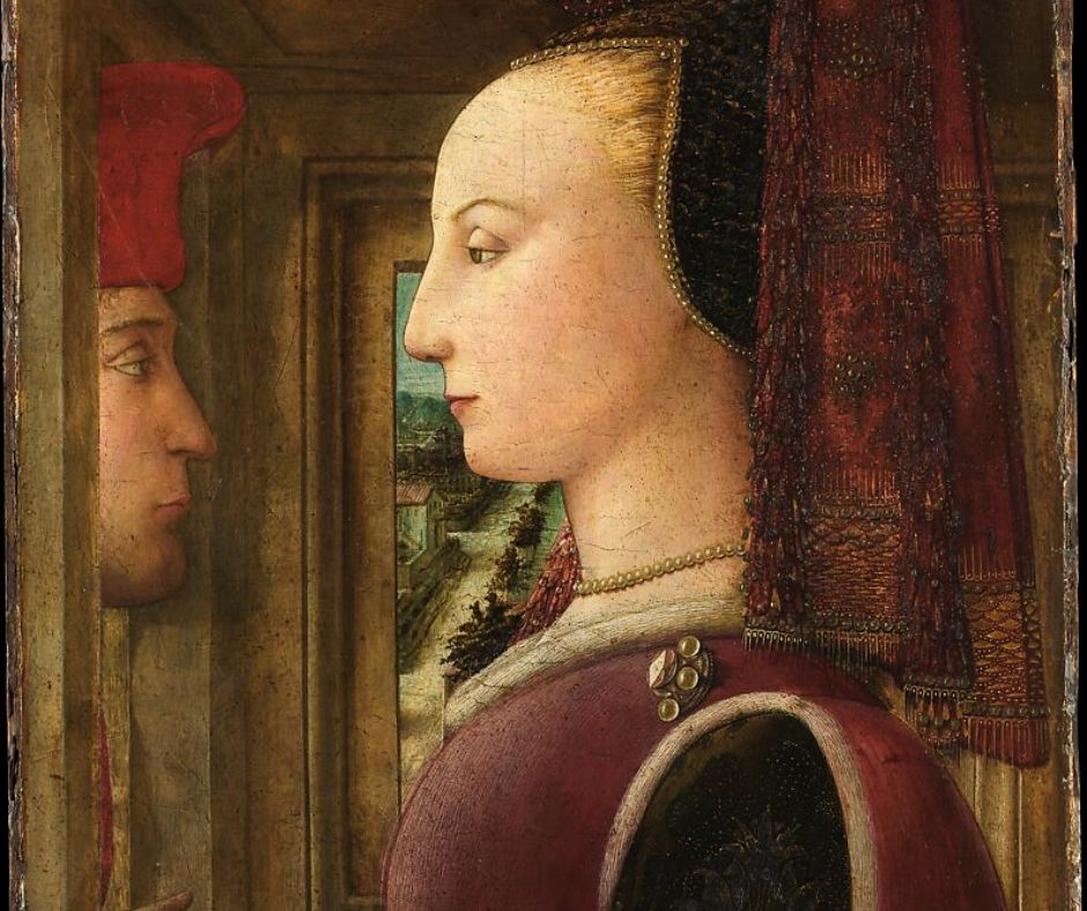
- Spears excelled in formation fighting, enabling tightly controlled units to present a united front.
- Variants like pikes and sarissas extended spear reach, enhancing group defense and offensive pushes.
- They were highly effective against cavalry and could keep mounted enemies at bay.
- Spears required less training than swords, making it easier to prepare peasants for battle.
Historical examples highlight the spear’s dominance. In feudal Japan, the samurai revered the spear (yari) even more than the famous katana during the Sengoku period. Spears were the primary battlefield weapon, and training schools for spear use far outnumbered those for swords. Samurai often carried multiple spears and reserved their swords as backup weapons for close grappling.
European battlefield tactics also relied heavily on spear-like weapons. Pike formations formed formidable defenses and offensive lines during medieval and Renaissance warfare. The spear’s evolution into bayonets further demonstrated its lasting military importance well into the gunpowder era.

Other medieval weapons brought strengths:
- The halberd combined axe, spear, and hook functions, offering flexibility in striking, grappling, and armor penetration.
- The longsword and sword-shield combos provided balanced offense and defense but required more training.
- The knife functioned as a discreet and versatile tool, often crucial in close quarters and finishing fights.
- The longbow dominated ranged combat but was not a close combat weapon.
Despite these options, no single weapon fits all situations. Battle types differed—sieges, open field, or skirmishes involved different tools. Armor quality and enemy tactics influenced ideal weapon choice. Warriors typically carried multiple weapons to adapt to changing combat demands.

Technological innovations also shaped weapon effectiveness indirectly. The stirrup revolutionized cavalry, allowing riders to leverage the force of their mounts through weapons like lances or spears. This breakthrough supported the rise of heavy cavalry in medieval Europe, impacting combat dynamics significantly.
| Weapon | Strengths | Limitations |
|---|---|---|
| Spear (and variants) | Simple, cheap, effective in formations, good reach, effective vs cavalry | Less effective in very close quarters, requires formation support |
| Halberd | Multi-role (cutting, thrusting, hooking), armor penetration | Heavier, more complex to master |
| Longsword | Versatile, balanced offense and defense | Requires extensive skill and training |
| Knife | Compact, versatile, last resort weapon | Limited range and striking power |
Overall, the spear’s accessibility, group synergy, and battlefield adaptability set it apart. It shaped medieval warfare more than any other close combat weapon. Its legacy extended into modern bayonets, showing enduring influence.
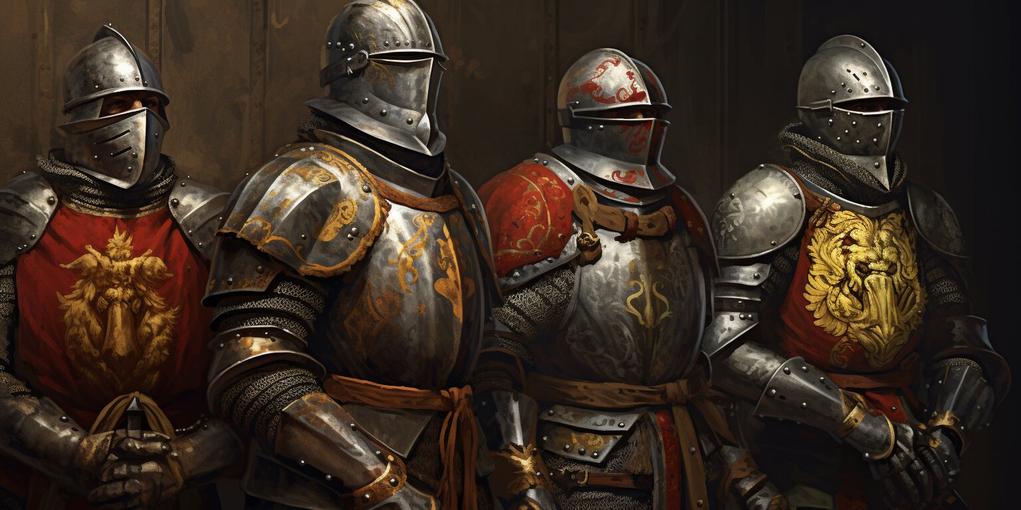
- Effectiveness depends on skill, context, and opponent’s equipment.
- The spear is the most effective large-scale close combat weapon due to versatility and mass applicability.
- Samurai prioritized spears before swords during Japan’s warring era.
- Halberds and swords offered varied tactical advantages but required more training.
- No universal “best” weapon existed; warriors carried multiple tools to meet diverse challenges.
Which Medieval Close Combat Weapon Was the Most Effective?
Answering the question of which medieval close combat weapon was the most effective isn’t as simple as picking a fan favorite. The true champion depends on scale, context, and a slice of history. But if one weapon takes the crown for war-making impact, it’s undeniably the spear.
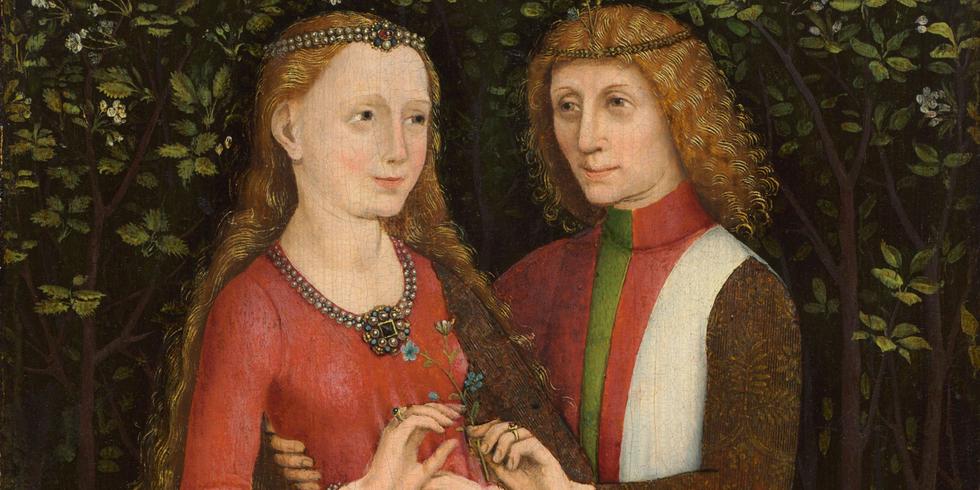
Let’s dive into the world of medieval weapons, sifting through myths and romance to uncover what really cut through the noise on battlefields. From lone duels to sprawling wars, weapons played different roles. So, what makes one weapon more effective than another? Is it the weapon itself? The wielder? The formation it fights in? Spoiler alert: all of these factors matter.
Why Individual Effectiveness Is a Tricky Topic
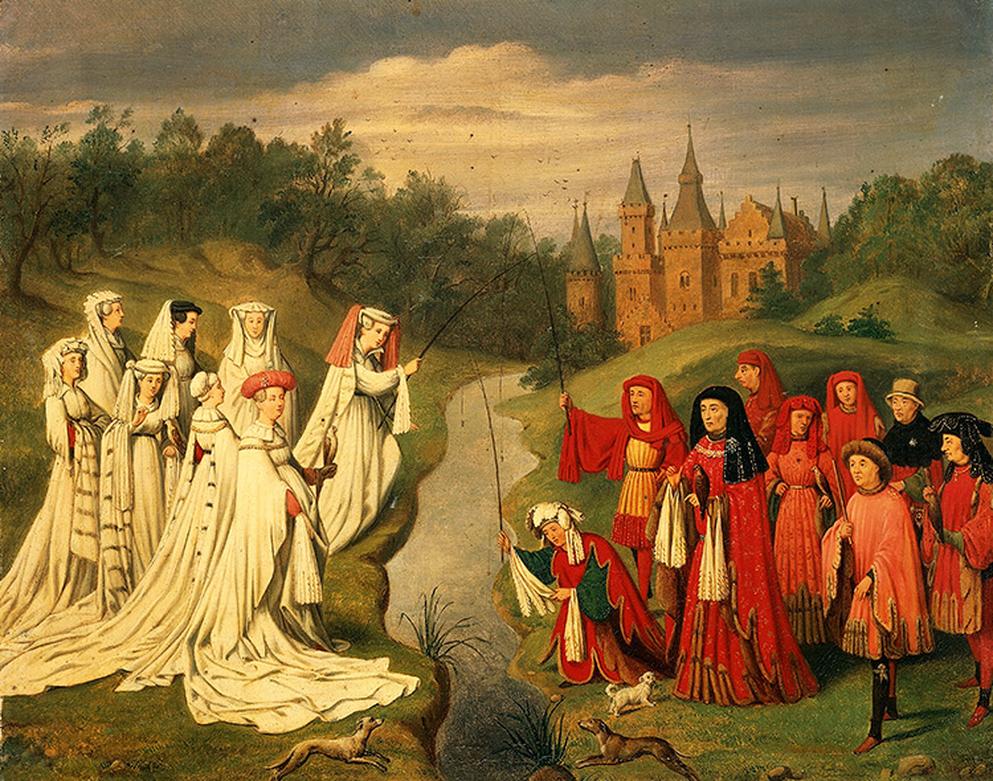
Ask ten medieval warriors which weapon ruled the day, and you’d likely get ten different answers. An individual’s skill level, weapon quality, and how they wielded it made massive differences. The knight’s shiny sword might mean little to the untrained peasant, while a sharp spear in disciplined hands could be lethal. So, debating the “most effective” weapon on a one-on-one basis quickly turns into a midnight reenactment of a medieval tavern argument—with just as much passion and nowhere near consensus.
Instead, let’s look at the bigger picture—the macro scale. On the battlefield where thousands clashed, what weapon truly shaped the fate of wars?
The Spear: The Medieval Weapon MVP
If medieval weapons were compared to modern tools, the spear would be the AK-47 of its age. Why? It ticks every box armies care about: easy to make, maintain, and learn. It’s lightweight enough to swing swiftly and still packs a punch. From the plains of Europe to the rice fields of Japan, nearly every warrior class wielded some form of spear.
It’s not just the spear’s simplicity that makes it a winner. Group tactics magnify its effectiveness. While flashy swordsmen often went solo, spearmen formed tight formations that presented a near-impenetrable wall of points. These formations could halt cavalry charges and push back enemy lines. Imagine a sea of spear tips advancing in unison: terrifying and efficient.
Variants like javelins, sarissas, and pikes evolved from this basic formula. Even modern bayonets owe their design to the humble spear. Soldiers from random peasants to elite samurai could wield them effectively with minimal training—invaluable when you need to raise a quick army.
Peasants with Spears Outnumber Knights on Horseshoes
Consider this: one hundred peasants armed with spears could easily overpower ten trained knights. Training knights took years and vast resources; spears could be handed out and understood within minutes. Armies opting for mass-produced spears gained numbers and strategy advantages. This tactical reality tells us why the spear dominated medieval warfare.
The Samurai Spear: The Unsung Hero of Japan
When most hear “samurai,” they picture the katana—a glowing symbol of honor and deadly precision. Yet, history paints a different picture. During Japan’s blood-soaked Sengoku Era, samurai prized the spear, or yari, as their primary weapon. The katana didn’t gain its romantic mythos until the peaceful Tokugawa era—a kind of medieval Hollywood rewrite.
Skilled samurai often carried multiple spears into battle, using swords as a backup. Schools dedicated to spear mastery outnumbered those focusing on swordsmanship. Even Japan’s most legendary swordsman, Miyamoto Musashi, acknowledged the superiority of the yari in his famous Book of Five Rings.
Why Not Just Use a Sword?
The sword might seem the obvious pick with its glamour and precision, but swords demanded more training and were costly to make. Spears, on the other hand, combined striking power with reach and ease. They kept enemies at bay and broke cavalry charges. While swordsmen might dazzle one-on-one, a wall of spears could turn the tide of an entire battle.
The Halberd: The Swiss Army Knife of Close Combat
But wait—what about the halberd? This hybrid weapon deserves credit as well. It’s like a medieval multitool: capable of cleaving, piercing, hooking, and bashing. Knights feared halberds for their ability to knock riders off horses and punch through armor. It could serve as a spear in formation or a heavy hitter in single combat.
Many Historical European Martial Arts (HEMA) enthusiasts rate the halberd highly for its versatility, with the longsword and sword-and-shield combos trailing close behind. Yet, despite its multipurpose nature, the halberd’s complexity and cost made it less widespread among common soldiers.
Don’t Forget the Knife: Small but Deadly
On the flip side, the knife was the ultimate all-rounder. Compact, discreet, and versatile, it served millions—from assassins and soldiers to merchants and thieves. It wasn’t flashy, but it was always there—stabbing, slashing, and finishing fights quietly where bigger weapons couldn’t be used.
Despite dominance in larger combat, many deaths in tight quarters or ambushes involved a simple blade. The knife’s enduring presence today in modern military kits proves its timeless value.
When Context Rules: No Universal Winner
Effectiveness hinged on many factors—battle type, armor, terrain, and tactics all played roles. Sieges endowed some weapons with more value; open battlefields favored others. The fineries of castle defense, or grimy tavern brawls, demanded different tools. One weapon doesn’t fit all situations.
Medieval warriors rarely went into battle armed with only one weapon. They carried combinations—spears for distance, swords for close quarters, and knives for emergencies. This pragmatic approach recognized the limits of single weapons and maximized their strengths.
The Stirrup: The Game-Changing Tool Behind the Weapons
Before we wrap up, consider the stirrup—often overlooked but revolutionary. By allowing mounted warriors to brace themselves, stirrups transformed cavalry charges into devastating forces. This gave weapons like lances and spears from horseback enormous effectiveness and even reshaped medieval society. In a way, the stirrup was the secret weapon that amplified the spear’s battlefield punch.
So, What Comes Out on Top?
| Weapon | Strengths | Limitations | Best Use Scenario |
|---|---|---|---|
| Spear | Affordable, easy to use, effective in formation, versatile variants | Less effective solo, requires group tactics for max potential | Mass warfare and anti-cavalry defense |
| Halberd | Versatile: cleave, pierce, grappling, anti-armor | Heavier, complex, costly compared to spear | Close combat with heavy infantry and cavalry |
| Katana/Sword | High precision, lethal in skilled hands, symbolic | Costly, requires extensive training, limited reach | Individual duels and close combat |
| Knife | Versatile, compact, multi-role | Short reach, less powerful | Close quarters, backups, and stealth attacks |
Final Thoughts
Walking away with a single answer? The spear emerges as the most effective close combat weapon for medieval war-making. Its affordability, ease of use, and group synergy laid the foundation for countless armies turning tides of history. Spears didn’t just win battles—they shaped social order, warfare tactics, and even cultures across continents.
Swords and halberds shine in specific contexts but rarely matched the spear’s widespread utility. And while knives sneak under the radar, their quiet lethality complemented rather than replaced larger weapons.
So next time you picture a medieval battlefield, imagine the sea of spear tips rather than the flashy swords. After all, it’s often the unassuming spear that does the real heavy lifting in history’s gruesome dance.
Now, what weapon would you pick to stand in the thick of it? Would you join the spear phalanx or wield a halberd to cleave and grapple? The past leaves us questions, and maybe a little inspiration.

